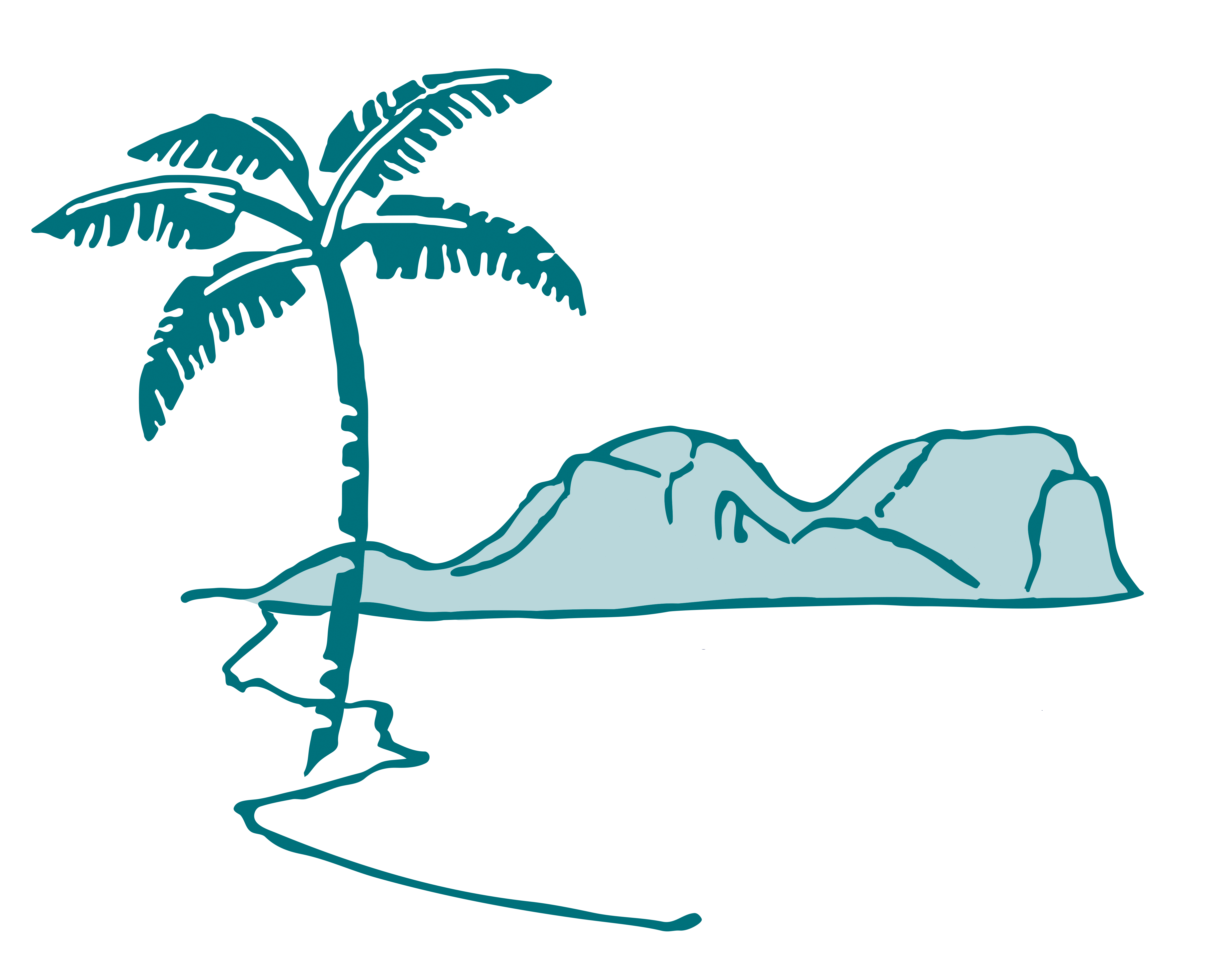Return of the Kermadec petrels
Once widespread, the Kermadec Petrel (Pterodroma neglecta) disappeared from Lord Howe Island following the introduction of pigs and rodents and spread of invasive weeds. The species has since only been found on Balls Pyramid.
With the successful eradication of these pests and an ongoing weed control program, the vulnerable species now has the opportunity to return to breed on the main island.
The sound of attraction
Sound attraction units have been constructed and deployed at several sites across the island using funding from the NSW Environmental Trust, a body supporting the restoration of threatened species habitats.
The sites were selected using clues from diaries kept by Roy Bell, an egg collector who collected Kermadec petrel eggs and skins on Lord Howe in 1913-14.
Seabird research scientist Dr Terry O’Dwyer, who helped prepare the sites, notes that the speakers will play recordings of Kermadec petrel calls for a few hours from early evening. The aim is to attract birds foraging in waters around the Island or prospecting for new breeding locations.

Kermadec petrel on Phillip (Norfolk) Island, where researchers have had success using sound attraction devices. Photo: Nicholas Carlile
Significance of seabirds
Seabirds play a vital role in island ecosystem health by transferring nutrients from the ocean onto land. If successful, the return of the Kermadec Petrels will contribute to this important process.
Their return will also safeguard the ongoing survival of the species globally and contribute to the restoration of Lord Howe Island’s remarkable biodiversity.
